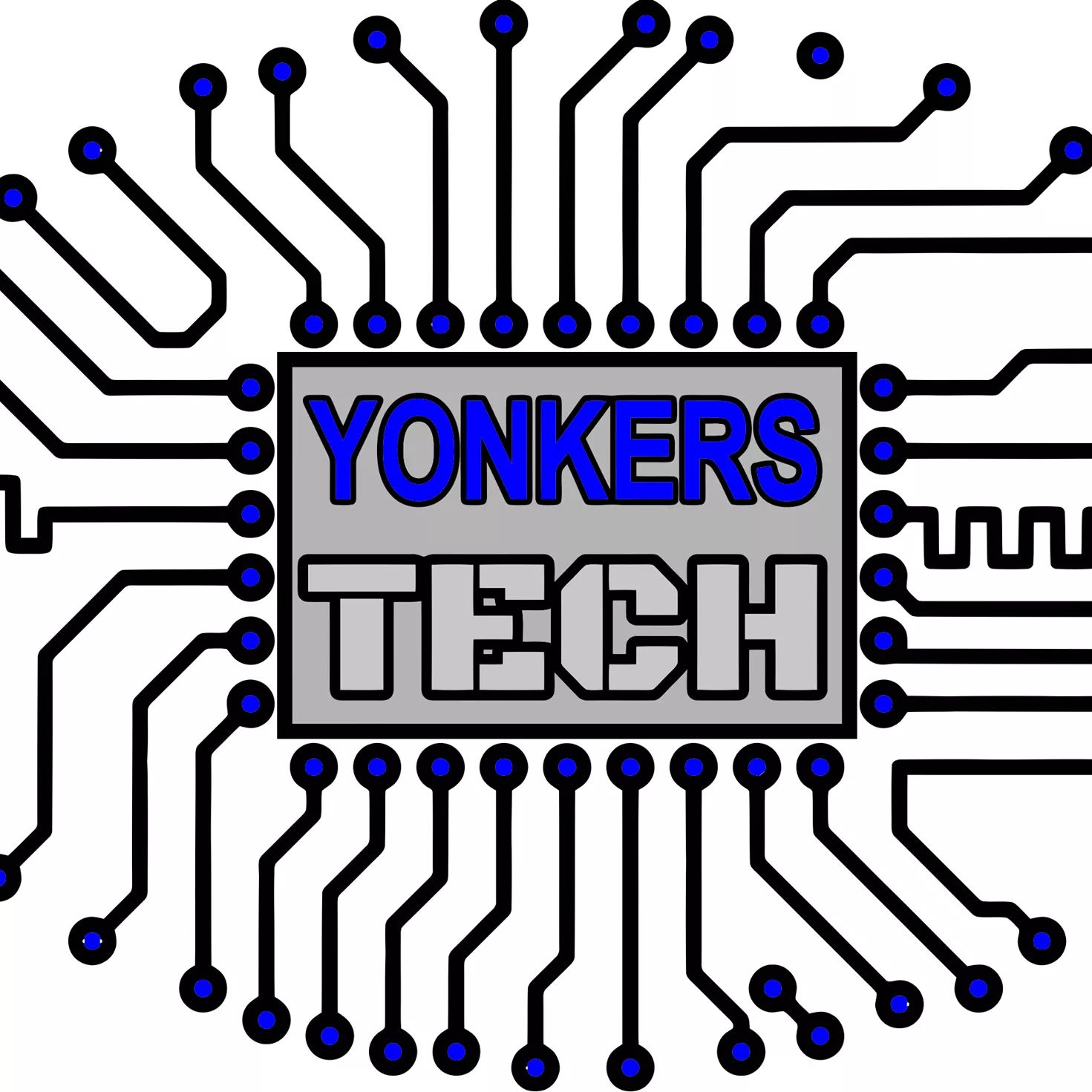Enhance Safety with Advanced Access Control Systems
- Yonkers Tech

- Sep 15
- 3 min read
In today’s world, security is more important than ever. Protecting homes, offices, and sensitive areas requires smart solutions that go beyond traditional locks and keys. Advanced access control options provide a modern way to manage who can enter specific spaces, improving safety and convenience. These systems use technology to verify identities and control access, making unauthorized entry much harder.
Understanding Access Control Options
Access control options come in many forms, each designed to fit different security needs. The goal is to restrict entry to authorized individuals only, while keeping the process smooth and efficient. Here are some common types of access control options:
Keypad Entry Systems: Users enter a code to gain access. This is simple and cost-effective but requires code management.
Card Readers: Access is granted by swiping or tapping a card or fob. Cards can be easily deactivated if lost.
Biometric Systems: These use fingerprints, facial recognition, or iris scans for identification. They offer high security but can be more expensive.
Mobile Access: Smartphones act as digital keys through apps or Bluetooth, providing convenience and remote control.
Each option has its strengths and weaknesses. For example, keypad systems are easy to install but codes can be shared or stolen. Biometric systems are very secure but may raise privacy concerns. Choosing the right access control option depends on the specific environment and security requirements.

Benefits of Using Advanced Access Control Options
Implementing advanced access control options brings several advantages:
Enhanced Security: These systems reduce the risk of unauthorized access by requiring verification.
Audit Trails: Many systems log entry and exit times, helping track who accessed a location and when.
Convenience: Users don’t need to carry physical keys, which can be lost or copied.
Scalability: Systems can be expanded easily to cover more doors or areas.
Remote Management: Some options allow administrators to control access remotely, ideal for managing multiple sites.
For example, a company can use card readers to allow employees access only during work hours. If a card is lost, it can be deactivated immediately, preventing misuse. Similarly, biometric systems can ensure that only authorized personnel enter high-security zones like data centers or labs.

How to Choose the Right Access Control Option
Selecting the best access control option requires careful consideration of several factors:
Security Level Needed: High-risk areas may require biometric systems, while low-risk zones might be fine with keypad entry.
User Convenience: Consider how easy it is for users to operate the system.
Budget: Advanced systems can be costly, so balance features with available funds.
Integration: Check if the system can integrate with existing security infrastructure like alarms or CCTV.
Maintenance: Some systems require more upkeep than others.
A practical approach is to conduct a security assessment of the premises. Identify vulnerable points and decide which access control options best address those risks. For example, a warehouse might use card readers at main entrances and keypad systems for internal rooms.

Implementing Access Control Systems Effectively
To maximize the benefits of access control options, follow these actionable steps:
Plan Thoroughly: Map out all entry points and decide which access control method suits each.
Train Users: Ensure everyone understands how to use the system properly.
Regularly Update Credentials: Change codes or deactivate lost cards promptly.
Monitor Logs: Review access records to detect unusual activity.
Maintain Equipment: Keep devices clean and functional to avoid failures.
For instance, a school might install card readers at all entrances and issue cards to staff and students. Regular audits of access logs can help identify any suspicious attempts to enter restricted areas.
Future Trends in Access Control Options
The field of access control is evolving rapidly with new technologies emerging:
Artificial Intelligence: AI can analyze access patterns to detect anomalies automatically.
Cloud-Based Systems: These allow centralized management of multiple locations from anywhere.
Multi-Factor Authentication: Combining biometrics with cards or codes for extra security.
Contactless Solutions: Especially important in health-conscious environments, reducing physical touchpoints.
Staying updated with these trends can help organizations enhance their security posture and adapt to changing needs.
By integrating advanced access control systems into your security strategy, you can significantly improve safety and operational efficiency. Whether you choose keypad entry, biometric scanners, or mobile access, the key is to select options that fit your specific environment and maintain them diligently. This proactive approach ensures that only authorized individuals gain entry, protecting people and assets effectively.




Comments